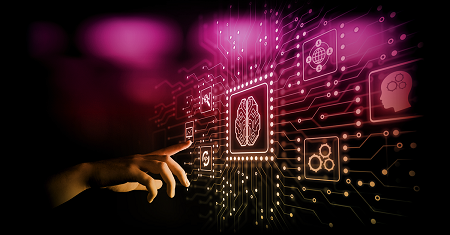This byline was originally featured on Technative.
According to research from Amdocs, connected devices in the home requiring a constant connection are booming. Households with more than nine connected devices have increased by 50% since 2021.
This is predicted to grow even further, with the global consumer IoT market more than doubling by 2027. As new technology like the metaverse, cloud gaming, and mixed reality become more cost-efficient over time and adoption booms, in-home networks will become increasingly stressed.
At the same time, the generative AI alarm clock is ringing, and we are collectively waking up to the opportunities that come with it. AI provides a great opportunity for all economic classes to do things that were once only possible to those who spent years in a university, creating an amazing opportunity to close bridges in the socioeconomic divide. In essence, I see AI as a new superpower that levels the playing field.
However, the AI we’re seeing today from the likes of ChatGPT, Dall-E, and Stable Diffusion is profoundly different and more human than anything we’ve seen before. Lack of access to current AI tools prevents individuals from learning how to work with these tools to get the desired information. Think about how we learned to use Google and search engines properly when they first came to be.
These areas colliding bring an alarming viewpoint; even though the majority of consumers now have an internet connection, 61% are concerned that new digital experiences like the metaverse, AI and AR will increase the digital divide due to cost, access, and more.
"As experiences become more complicated, we must collaborate on a broader mission to ensure that no one is left behind."
Learning from the pandemic
The pandemic showed us how essential an internet connection is, but the digital divide remains a significant problem in many communities. This is particularly concerning for remote work and education, which are becoming more prevalent. Without reliable connectivity, individuals and businesses are at a burden, limiting opportunities, creativity, and new experiences for talent everywhere.
The responsibility to close the digital divide is not on the shoulders of any single party, but the responsibility of all players in the ecosystem. To address this issue, our government, communications service providers, device manufacturers, and software developers need to work together to ensure improved reliability and access. For instance, providing embedded connectivity in health, education, farming, sports, and municipal systems can help bridge the gap. Additionally, private enterprise networks provided by businesses or local governments can ensure tailored, reliable networks for connected devices in underserved or areas with inadequate speed.
When it comes to AI, this improved access to connectivity is the first hurdle to be addressed. From there, we also must ensure that generative AI solutions are not completely locked behind a paywall, locking our lower-income households to what AI will no doubt offer in the future.
It’s time for a new collective purpose
As experiences become more complicated, we must collaborate on a broader mission to ensure that no one is left behind. After all, 84% of consumers consider the internet a necessity like running water and electricity, and we must work to make sure that everyone has equal access to this vital resource.
There is a lot to be done before we can effectively close the digital divide. But now is the right moment to start thinking beyond just businesses and seek how everyone can collaborate in a broader mission. As experiences become more complicated, we can’t risk anyone else being left behind.






